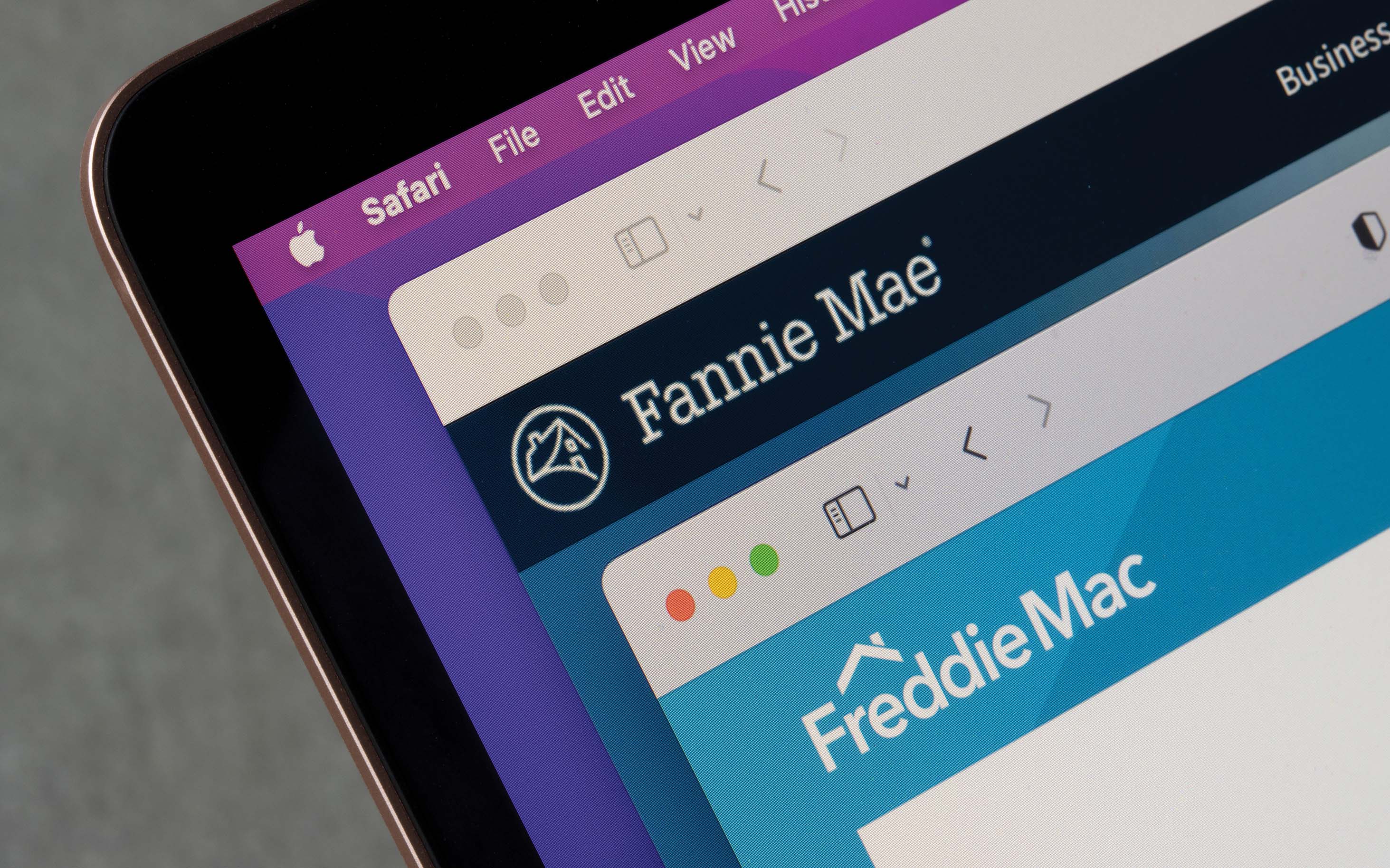They say the best defense is a good offense, and with payments fraud, nothing rings truer. A proactive fraud strategy is a necessity.
That’s partly because sophisticated fraud attacks are a growing problem for community banks. In fact, the 2025 AFP Payments Fraud and Control Survey found that 79% of businesses fell victim to payments fraud in 2024.
Your customers are being targeted, often in one of the following ways:
Business email compromise, which remains the most common and costliest threat, often resulting in wire and/or ACH fraud
Synthetic identity fraud, where fraudsters create hybrid identities to open accounts and access credit
Check fraud, which has spiked and is often executed via mobile deposit or stolen checks
Authorized push payment scams, where customers are tricked into sending funds to fraudsters
Account takeover via credential phishing, where fraudsters access legitimate accounts by stealing login credentials, then initiate fraudulent payments and exploit faster payment systems for rapid withdrawal
Community banks are fighting back through these offensive approaches:
Educate your team and customers. Train frontline staff to recognize red flags, and educate customers, especially business clients, on common scams like BEC and APP fraud.
Work with peer institutions, law enforcement and industry groups. Open communication facilitates awareness of new and existing scams and how to lessen their impact.
Invest in layered fraud detection tools. Tools with machine learning, behavioral analytics and real-time transaction monitoring can spot fraud early.
Tighten internal controls. Set up procedures aligned with your bank’s risk tolerance, like requiring dual approvals for outgoing wires and ACH, especially in business accounts.
While fraud is a constant, community banks can stop it before it starts or drastically reduce its impact. That’s an offensive plan worth having in play.
ICBA resources to counter fraud’s impact
ICBA Payments Fraud Loss Protection Plan: Card fraud loss support exclusively for ICBA member banks
ICBA check fraud resources: Including How to Detect Check Fraud flyers
ICBA Community: Ask and answer fraud questions in a secure, members-only portal






